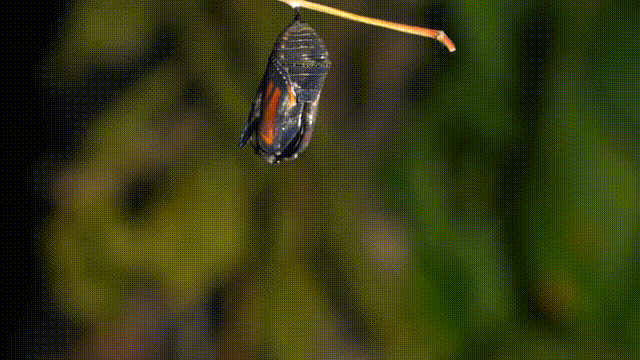Frog Fake-Out: Gallery of Real & Decoy Amphibians
Poison Dart Frog

R. imitator, a species of poison dart frog found in Peru, warns predators of its toxicity with a colorful giraffe-like pattern.
Striped Poison Dart Frog
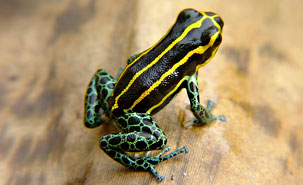
In nearby regions, the same species of frog sports yellow stripes rather than yellow-green squiggles.
Mock Frog
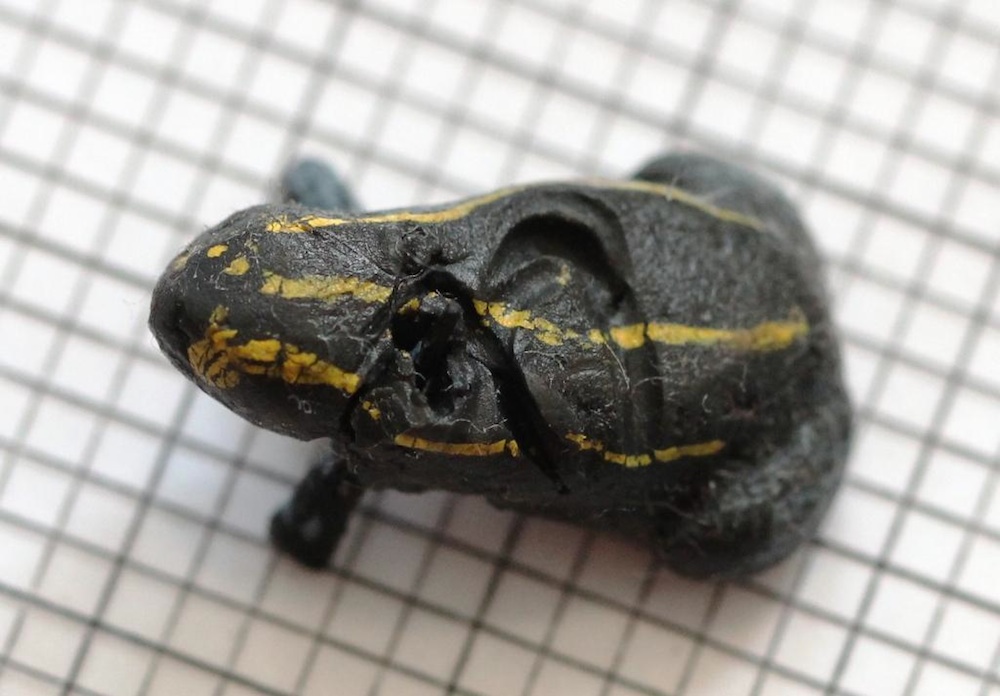
Researchers made fake frogs out of clay and painted them to mimic R. imitator patterns. This fake frog shows evidence of a predator attack.
Fake Frog on a Leaf
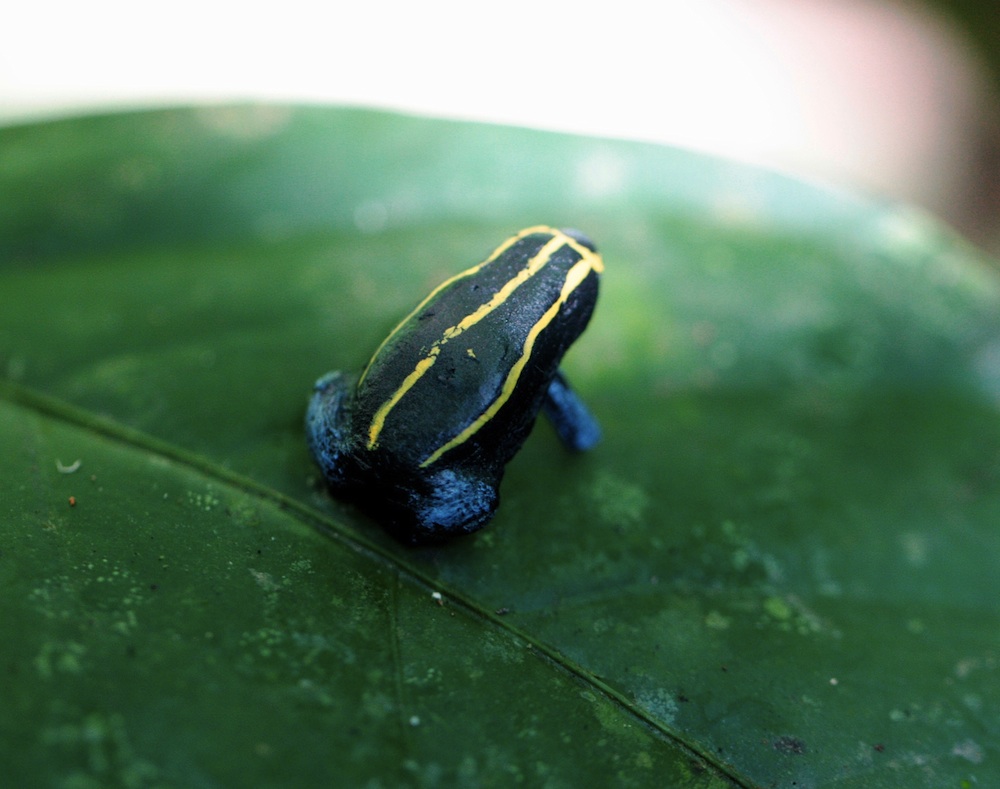
Real or fake? Predators had trouble telling that this frog was made of clay.
When Predators Attack

The aftermath of an attack on a decoy frog.
Attacked Frog

A brown frog designed to look like a non-toxic species shows signs of attack.
Frog Bite
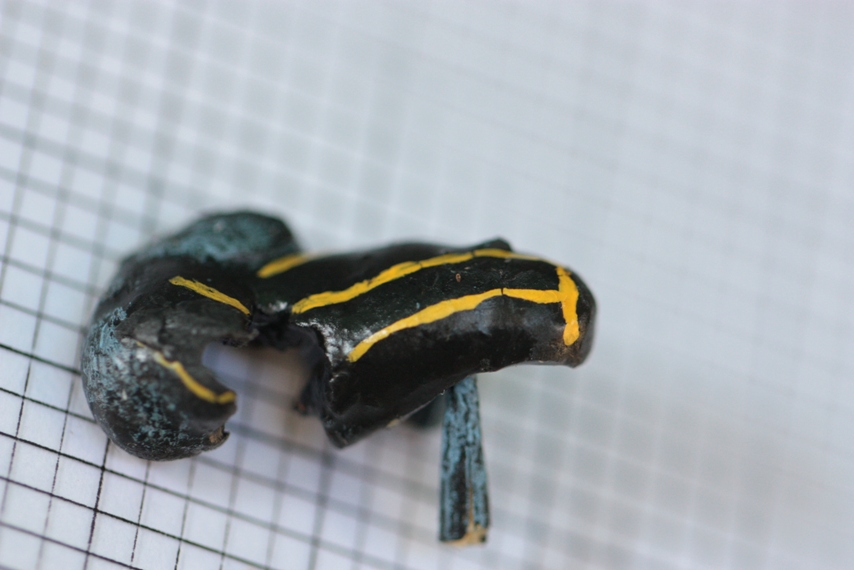
Even a failed attack would be deadly to a real frog.
Get the world’s most fascinating discoveries delivered straight to your inbox.
Froggy Colors
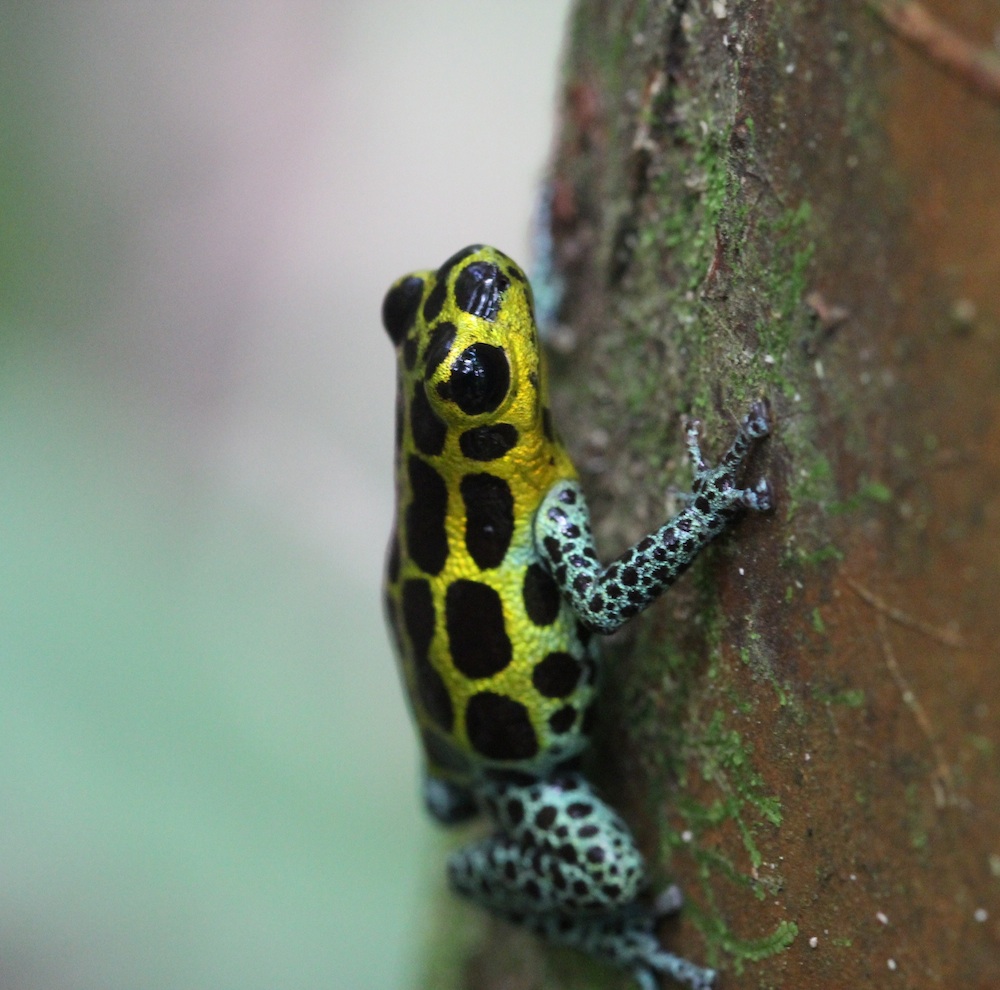
These poison dart frogs evolved their colors hyper-locally, with warning signals that stave off only predators in their neighborhoods.

Stephanie Pappas is a contributing writer for Live Science, covering topics ranging from geoscience to archaeology to the human brain and behavior. She was previously a senior writer for Live Science but is now a freelancer based in Denver, Colorado, and regularly contributes to Scientific American and The Monitor, the monthly magazine of the American Psychological Association. Stephanie received a bachelor's degree in psychology from the University of South Carolina and a graduate certificate in science communication from the University of California, Santa Cruz.
